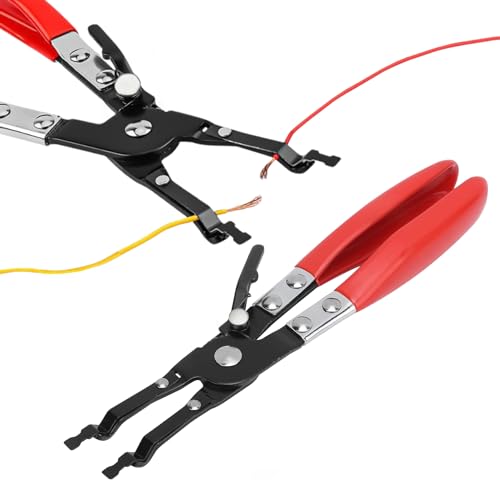Hi All,
I've not spotted this twist amongst other threads, so here goes...
Which provides a greater rate of charge equivalence, Level 5 for x seconds, or Level 1 for 5x seconds?
Or is the charge rate curve linear across the B range (always found it curious that you can have a linear curve!)
Does anyone know, or more to the point has anyone noticed, if there's any useful difference that can help save on running costs by few fractions of a monetary unit?
(2017 2.0 5hs UK)
I've not spotted this twist amongst other threads, so here goes...
Which provides a greater rate of charge equivalence, Level 5 for x seconds, or Level 1 for 5x seconds?
Or is the charge rate curve linear across the B range (always found it curious that you can have a linear curve!)
Does anyone know, or more to the point has anyone noticed, if there's any useful difference that can help save on running costs by few fractions of a monetary unit?
(2017 2.0 5hs UK)







